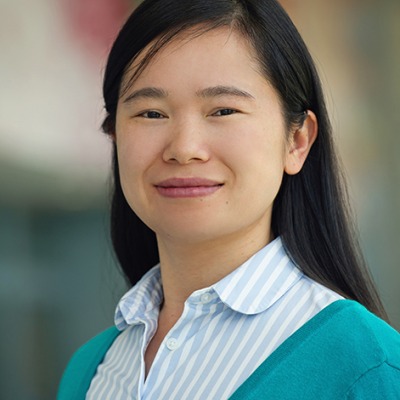Wenjing Wang, Ph.D.


Wenjing Wang grew up in a small town in the southeast part of China and then went to college to major in Chemistry at Xiamen University, which is located at the seaside and considered one of the most beautiful campuses in China.
After college, Wang attended graduate school at Michigan State University, conducting research in Babak Borhan’s lab. There, she first experienced the power and beauty of protein engineering. To understand what contributes to the different colors of our retinal pigments, Wang used protein engineering to recapitulate the color tuning observed in eye pigments. She was able to regulate the color of vitamin A aldehyde across the visible light spectrum via fine-tuning of the electrostatics in the protein binding pocket.
Deeply intrigued by the light–protein interactions and with a desire to expand my protein engineering skills, Wang joined Alice Ting’s lab for her postdoctoral work, first at MIT and then at Stanford University when the Ting lab relocated. Using directed evolution protein engineering methods, she designed a light sensing protein-based tool to label neuronal circuits underlying specific behaviors with gene expression.
Wang joined the U-M Life Sciences Institute and the Department of Chemistry at the University of Michigan in 2018. Her lab at the LSI has an overarching goal of designing novel molecular tools with widespread utilities across the subfields of cell biology and neuroscience to facilitate biological studies. Cutting-edge protein engineering methods will be utilized to optimize the overall performance of the tools and we will validate the tools in yeast cell cultures, mammalian cell cultures, neuronal cultures and animal models.